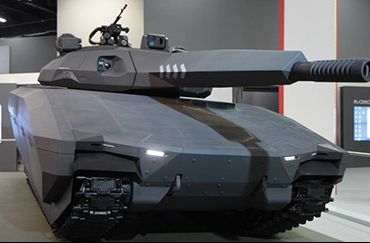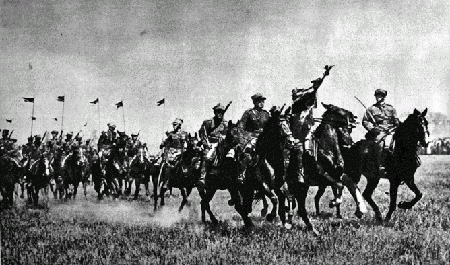While some countries, particularly those who feel threatened directly by Russia, such as Poland and Romania, have gradually begun to increase defense spending, the main Member States, such as Germany and the United Kingdom, continue to cut funds, raising serious doubts about NATO's operational readiness.
In reality, both Ukraine with the modern but conventional war-like specter, both the Islamic State and its purely asymmetrical context, represent very real threats to European security and to NATO.
History, as we know, is not kind to nations that neglect their own defense. Just NATO bases its authority on the presence of the United States.
Assessing the same organization without American support would be impossible because, to date, one wonders what the real military capacity of member countries is.
In reality, the European contribution to NATO has never been thought of as military, but rather as a logistical support for the presence of the United States in Europe.
Then analyzing military spending, we realize how Europe has been "cuddled" over the years, leaving the front line to the Americans.
NATO European members number about 230 million more people than the United States, with a combined gross domestic product that is slightly higher than the US.
Yet the European nations spend only the 37 per cent of the United States on defense: 270 billion dollars against 735.
In the 1990, shortly after the fall of the Berlin Wall, the European nations spent about the 60 per cent of what the United States invested in military spending: $ 186 billion (NATO countries) against the $ 306 billions of dollars.
Last September, during the NATO summit that took place in Wales, a common finding emerged for most of the member countries of the alliance: the deterioration of the armed forces and the need to return to investing in military spending.
Every NATO member country would have to invest 2 per cent of GDP for defense, a goal that, at the 2013, was achieved only by four of the 28 European ally nations, even though France and Turkey are close to achieving that goal .
The US invests 4,4 per cent of its GDP on average. European nations average 1,6 per cent.
The situation in non-NATO countries does not improve. Suffice it to say that this year, Austria has cut the number of fighter pilots, sold part of its tanks and reduced military personnel with an expenditure set at 0,5 per cent of GDP. Therefore, Austria relies on the proximity of other countries to ensure its own safety.
It is also true that the threshold of 2 per cent is clearly hypothetical. Ideal, in some ways, but only in a country with a strong economy.
The problem is that the United States, the United Kingdom and France have encouraged European nations to build project-oriented forces like in Afghanistan, sending troops far from national borders. By conveying funds in this direction, internal military spending has become optional.
Germany is perhaps the best example of what is happening. The most populous nation in Europe, with its strong economy, spends a misery in Defense.
Suffice it to say that a recent internal study concluded that "the German army is theoretically ready".
Not even the armed forces of the United Kingdom sail in good waters.
 Poland, a NATO ally, was the only European nation with a strong military spending program. The Poles still remember the horror of the Russian aggression in Georgia in the 2008. To date, Poland, home to future shield interceptor missiles, has one of Europe's most modern armies with an impressive armored force (about 400 operational tanks and 250 in reserve).
Poland, a NATO ally, was the only European nation with a strong military spending program. The Poles still remember the horror of the Russian aggression in Georgia in the 2008. To date, Poland, home to future shield interceptor missiles, has one of Europe's most modern armies with an impressive armored force (about 400 operational tanks and 250 in reserve).
Just to give an example. Starting with the 2018, the Poles will produce the 'Pl-01' stealth tank (photo on the right) in series, entirely made at home. Quite another story, compared to the positions of the Polish cavalry (photo opening) that in the Second World War clashed with German panzers.
Franco Iacch












